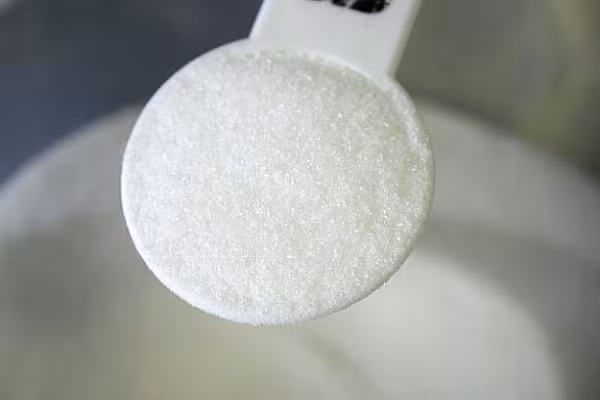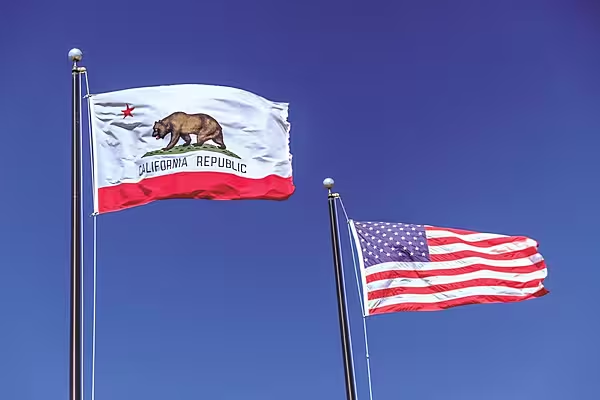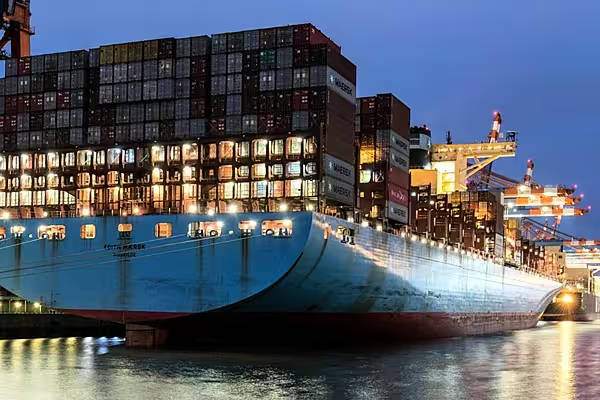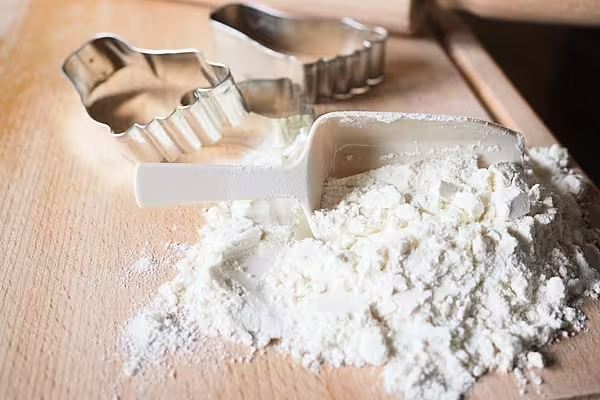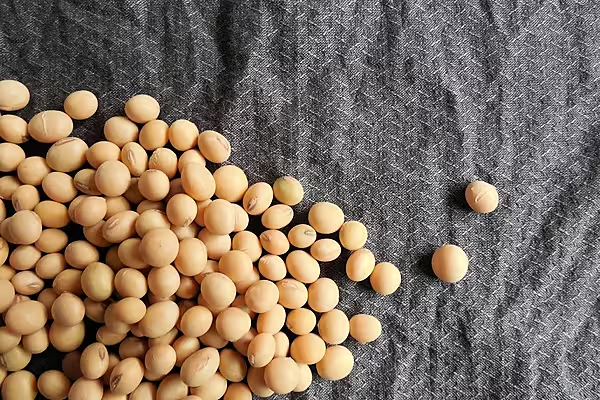The European Union is poised to miss its sugar export quotas this season as a reduced harvest limits overseas sales, according to independent soft commodities trader Group Sopex.
The EU’s 28-member nations will probably ship less than 1 million metric tons in the season that started in October, John Stansfield, a Sopex analyst, said in an interview before the Dubai Sugar Conference, a private event for 400 industry leaders that started Sunday. That’s less than the 1.35 million-ton quota established by the EU under World Trade Organisation rules. Licenses have been issued to export 650,000 tons so far.
Sugar production in the EU will fall 23 per cent in 2015-16 to 14.9 million tons, the European Commission, the bloc’s regulatory arm, estimated in December. Dry weather in parts of Europe and smaller areas planted with beet mean some countries will produce less than they are allowed under EU rules, according to researcher F.O. Licht GmbH.
“The European market is extremely tight," said Stansfield, who has followed the market for more than 20 years. "To see the EU not export its full export quota, which we expect, it’s a significant change for the white sugar market.”
The drop in EU production is the main driver of a 7 million-ton shortage forecast for the global market this season, according to Sopex. Estimates for the first deficit in five years boosted raw sugar futures, which gained 5 per cent last year after four annual losses. The commodity was the third-best performer in the Standard & Poor’s GSCI gauge of 24 raw materials last year after cocoa and cotton.
The EU allowed exports of another 700,000 tons of sugar Friday. While that brings the total to the 1.35 million quota, Stansfield doesn’t expect all of the allowed shipments to go through.
“The sentiment that you pick out from European producers is that a lot of them don’t have enough sugar to export," he said. “The assumption is that you won’t have a full take-up of the export licenses."
The white sugar premium climbed Friday to $117 a ton, the highest in more than five months, boosted in part by Chinese demand. The Asian nation may be importing as much as 1.6 million tons of smuggled white sugar through countries including Myanmar, Laos and Vietnam, Stansfield said. “It’s probably down to China” why the premium is at $117, he said. If EU exports slow as expected, that could give another boost to the premium, he said.
The EU, once a net sugar exporter, has spent years cutting output after the WTO ruled it was dumping subsidised sugar on world markets. That left part of the bloc’s demand to be met by imports brought in under trade agreements either free of duty or at a reduced levy.
A drought that’s cutting production in southern Africa and northeast Brazil may mean EU sugar imports from nations that benefit from preferential agreements will be lower than the commission expects, according to Sopex. A smaller crop in Mauritius and a slow start to the harvest in Jamaica may also mean fewer duty-free imports. The quota for Brazilian sugar at a reduced duty probably won’t be completely filled, Stansfield said.
"If you get lower production in South Africa, they end up importing sugar from Mozambique and Swaziland, so that means that Swaziland and Mozambique end up sending less sugar to Europe, which means that Europe ends up having a tight domestic market," he said. "So a drought in South Africa has tightened the European market. El Nino in South Africa has boosted the white premium."
The EU will probably need to take exceptional measures to bring in more imports at zero duty and allow local producers to sell more of their output in the domestic market, Auke Vlas, commercial director at Paris-based Sucres et Denrees, said at the conference Sunday. This will need to be done to avoid the bloc ending the season with "too low" stockpiles, he said.
News by Bloomberg, edited by ESM. To subscribe to ESM: The European Supermarket Magazine, click here.
